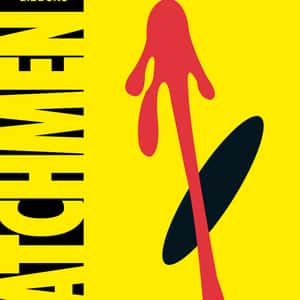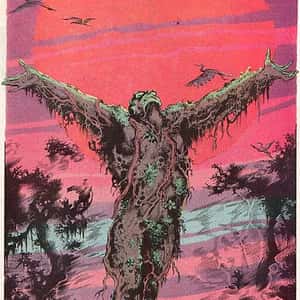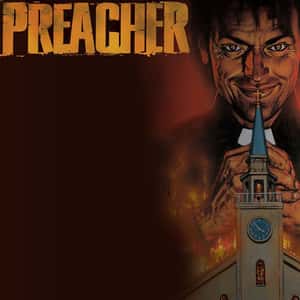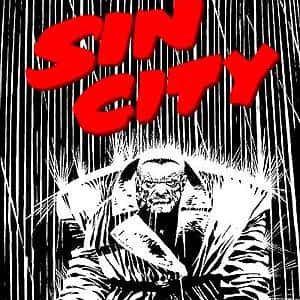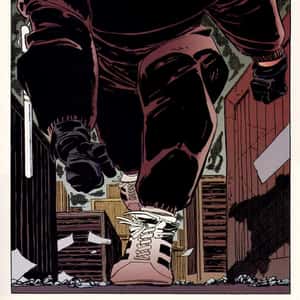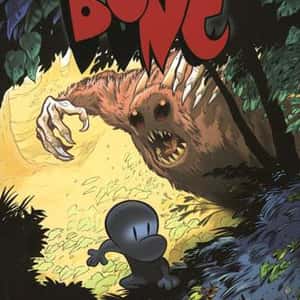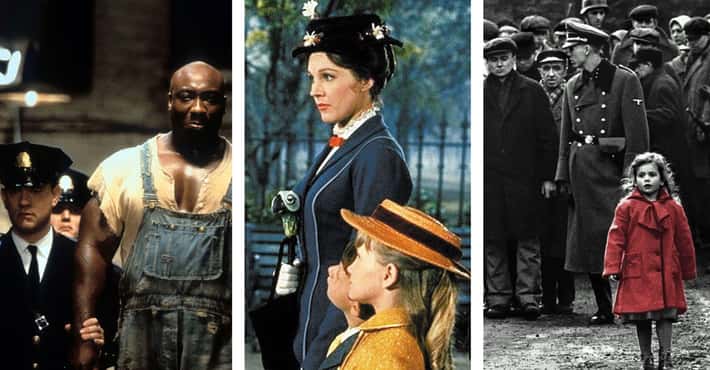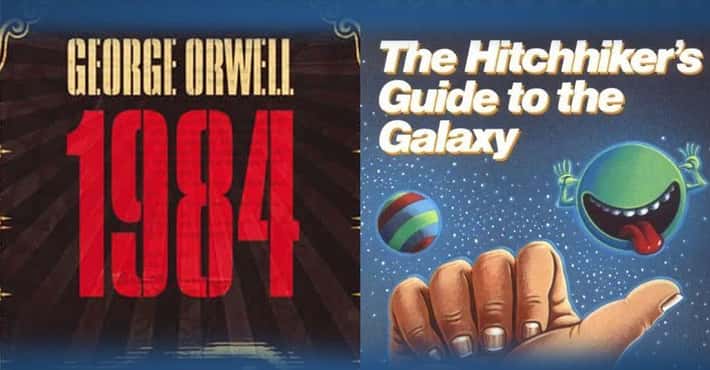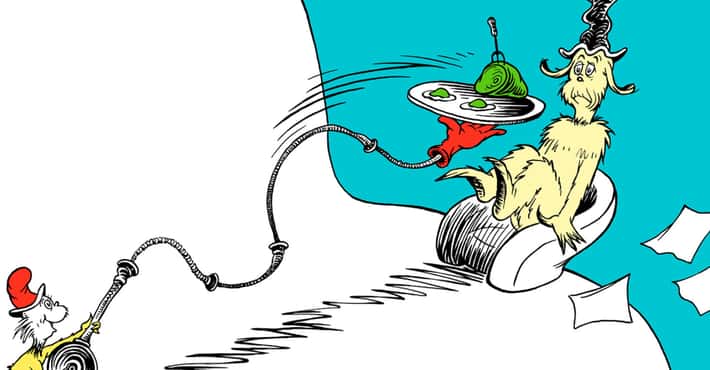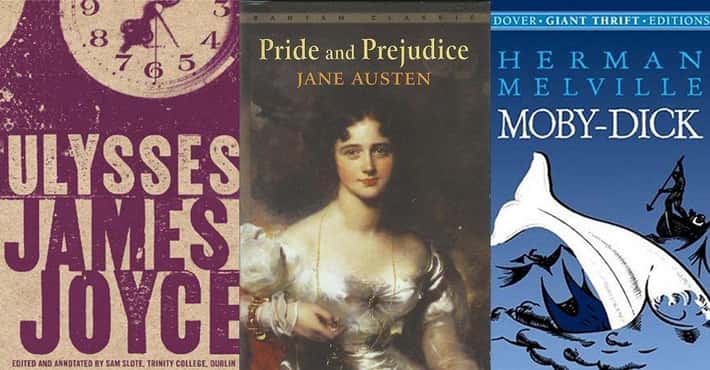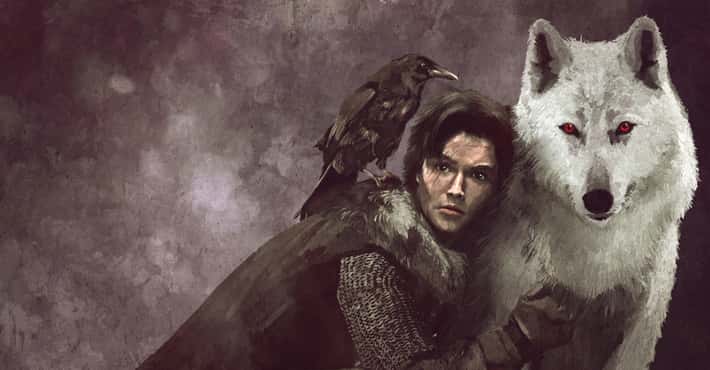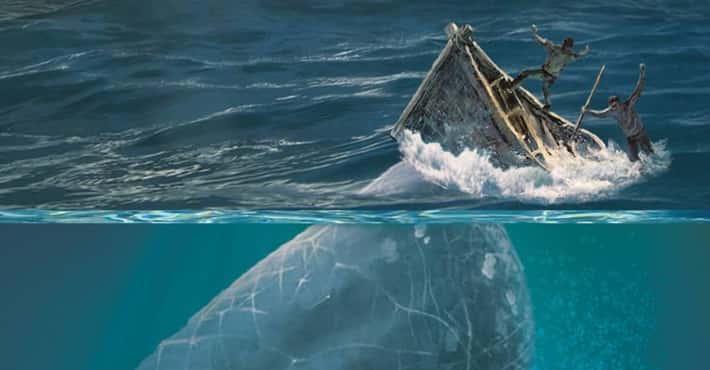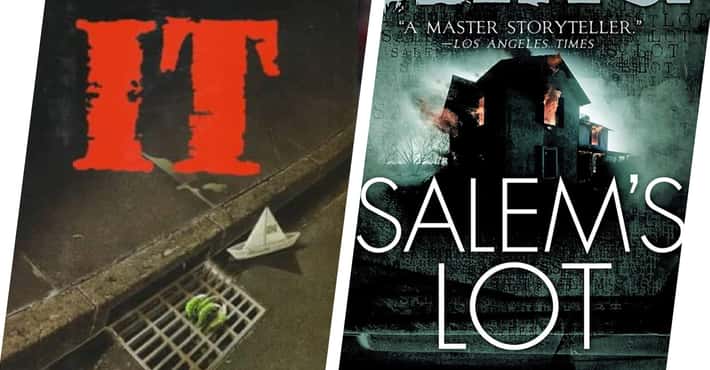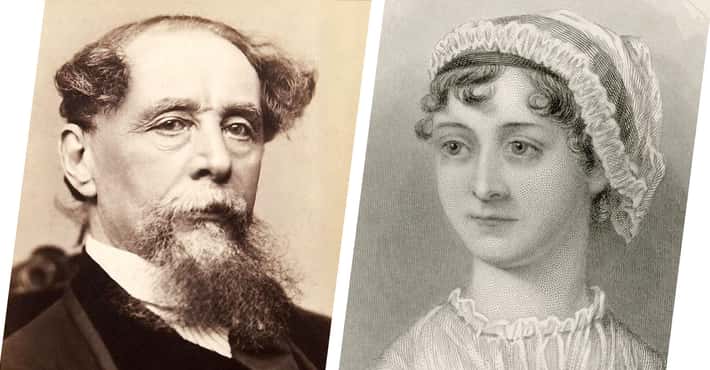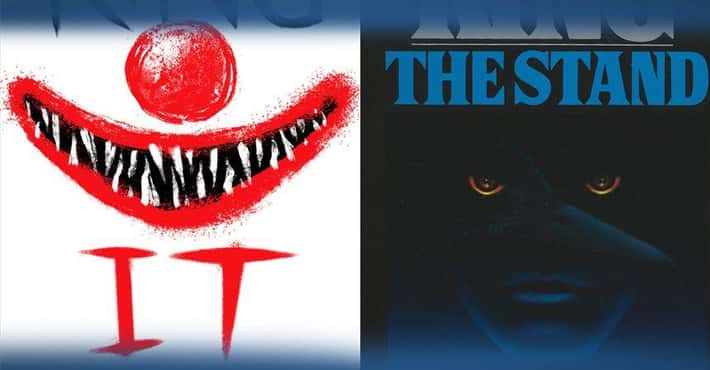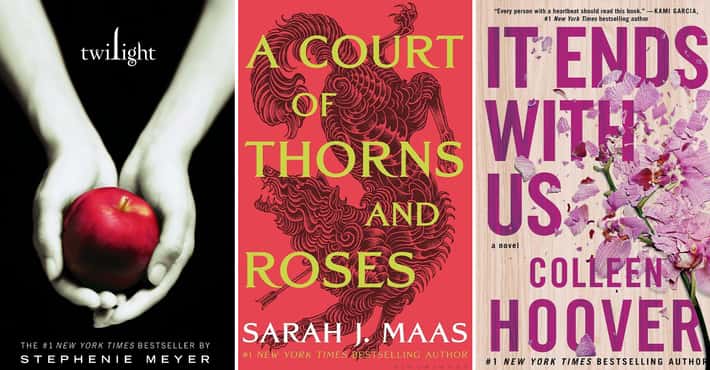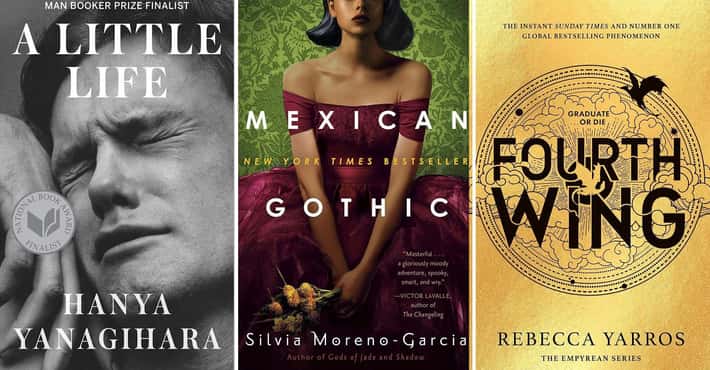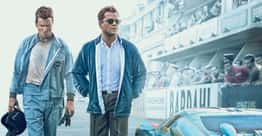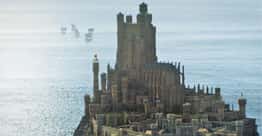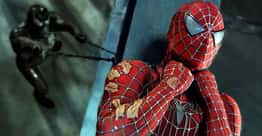The Greatest Graphic Novels and Collected Editions
Ranked By
69.3K votes
6.4K voters
21 reranks
Voting Rules
English language comics, printed in graphic novels or collected editions (trade paperbacks).
- Watchmen is a comic-book limited series written by Alan Moore, artist Dave Gibbons, and colorist John Higgins published by DC Comics in 1986 and 1987, and collected in 1987. Watchmen originated from a story proposal Moore submitted to DC featuring superhero characters that the company had acquired from Charlton Comics. As Moore's proposed story would have left many of the characters unusable for future stories, managing editor Dick Giordano convinced Moore to create original characters instead. Moore used the story as a means to reflect contemporary anxieties and to deconstruct and parody the superhero concept. Watchmen depicts an alternate history where superheroes emerged in the 1940s and 1960s, helping the United States to win the Vietnam War. In 1985, the country is edging toward nuclear war with the Soviet Union, freelance costumed vigilantes have been outlawed and most former superheroes are in retirement or working for the government. The story focuses on the personal development and moral struggles of the protagonists as an investigation into the murder of a government sponsored superhero pulls them out of retirement. Creatively, the focus of Watchmen is on its structure.
- The Dark Knight Returns is a 1986 four-issue comic book miniseries starring Batman, written by Frank Miller, illustrated by Miller and Klaus Janson, and published by DC Comics. When the series was collected into a single volume later that year, the story title for the first issue was applied to the entire series. The Dark Knight Returns tells the story of Bruce Wayne, who at 55 years old returns from retirement to fight crime and faces opposition from the Gotham City police force and the United States government. A sequel written and illustrated by Miller, The Dark Knight Strikes Again, was published in 2001. In the current DC Multiverse, the events of The Dark Knight Returns and its associated titles are designated to occur on Earth-31.
- The Sandman is an American comic book series written by Neil Gaiman and published by DC Comics. Artists include Sam Kieth, Mike Dringenberg, Jill Thompson, Shawn McManus, Marc Hempel, and Michael Zulli, lettering by Todd Klein, and covers by Dave McKean. Beginning with issue No. 47, it was placed under the Vertigo imprint. It tells the story of Dream of the Endless, who rules over the world of dreams. The original series ran for 75 issues from January 1989 to March 1996, with Gaiman's contract stipulating that the series would end when he left it. The main character of The Sandman is Dream, also known as Morpheus and other names, who is one of the seven Endless. The other Endless are Destiny, Death, Desire, Despair, Delirium who was once Delight, and Destruction who turned his back on his duties. The series is famous for Gaiman's trademark use of anthropomorphic personification of various metaphysical entities, while also blending mythology and history in its horror setting. The Sandman is a story about stories and how Morpheus, the Lord of Dreams, is captured and subsequently learns that sometimes change is inevitable.
- "Year One", later referred to as "Batman: Year One", is an American comic book story arc written by Frank Miller, illustrated by David Mazzucchelli, colored by Richmond Lewis, and lettered by Todd Klein. It originally appeared in issues #404 to #407 of DC Comics' Batman comic title in 1987. There have been several reprints of the story: a hardcover, multiple trade paperback editions and it has been included in The Complete Frank Miller Batman hardcover. There is also an animated film adaptation of the same name.
- V for Vendetta is a graphic novel written by Alan Moore and illustrated by David Lloyd, published by Vertigo, an imprint of DC Comics. The story depicts a dystopian and post-apocalyptic near-future history version of the United Kingdom in the 1990s, preceded by a nuclear war in the 1980s, which has left most of the world destroyed. The fascist Norsefire party has exterminated its opponents in concentration camps and rules the country as a police state. The comics follow its titular character and protagonist, V, an anarchist revolutionary dressed in a Guy Fawkes mask, as he begins an elaborate and theatrical revolutionist campaign to murder his former captors, bring down the government and convince the people to rule themselves, while inspiring a young woman, Evey Hammond, to be his protégé. Warner Bros. Pictures released a film adaptation of the same title in 2006.
- Batman (Kevin Conroy) must save Commissioner Gordon (Ray Wise) from the Joker's (Mark Hamill) twisted quest to drive him insane.
- Kingdom Come is a four-issue comic book mini-series published in 1996 by DC Comics under their Elseworlds imprint. It was written by Mark Waid and Alex Ross and painted in gouache by Ross, who also developed the concept from an original idea. This Elseworlds story is set in a future that deals with a growing conflict between "traditional" superheroes, such as Superman, Wonder Woman, and the Justice League, and a growing population of largely amoral and dangerously irresponsible new vigilantes, in many cases the offspring of the traditional heroes. Between these two groups is Batman and his assembled team, who attempt to contain the escalating disaster, foil the machinations of Lex Luthor, and prevent a world-ending superhuman war.
- Batman: The Long Halloween is a 13-issue comic book limited series written by Jeph Loeb with art by Tim Sale. It was originally published by DC Comics in 1996 and 1997. It was inspired by the three Batman: Legends of the Dark Knight Halloween Specials by the same creative team. The entire series has been collected in both trade paperback, and as part of the DC Comics Absolute Editions. The series' success led to Loeb and Sale to reteam for two sequels, Batman: Dark Victory and Catwoman: When in Rome, which are set concurrently with each other. Taking place during Batman's early days of crime fighting, The Long Halloween tells the story of a mysterious killer named Holiday, who murders people on holidays, one each month. Working with District Attorney Harvey Dent and Captain James Gordon, Batman races against the calendar as he tries to discover who Holiday is before he claims his next victim each month, while attempting to stop the crime war between two of Gotham's most powerful families, Maroni and Falcone.
- The Complete Maus is a book written by Art Spiegelman.
- Preacher is a comic book series created by writer Garth Ennis and artist Steve Dillon, published by the American comic book label Vertigo, with painted covers by Glenn Fabry. The series consists of 75 issues in total - 66 regular, monthly issues, five one-shot specials and a four-issue Preacher: Saint of Killers limited series. The entire run has been collected in nine trade paperback editions. The final monthly issue, number 66, was published in October 2000.
- Sin City is the title for a series of neo-noir comics by Frank Miller. The first story originally appeared in "Dark Horse Presents Fifth Anniversary Special", and continued in Dark Horse Presents #51–62 from May 1991 to June 1992, under the title of Sin City, serialized in thirteen parts. Several other stories of variable lengths have followed. The intertwining stories, with frequently recurring characters, take place in Basin City. A movie adaptation of Sin City, co-directed by Robert Rodriguez and Frank Miller, was released on April 1, 2005. A sequel, Sin City: A Dame To Kill For, was released on August 22, 2014.
- Superman (James Denton) ponders his future after a rescue mission to the sun exposes him to radiation.
- Marvels is a four-issue limited series comic book written by Kurt Busiek, painted by Alex Ross and edited by Marcus McLaurin, and published by Marvel Comics in 1994. Set from 1939 to 1974, the series examines the Marvel Universe, the collective setting of most of Marvel's superhero series, from the perspective of an Everyman character: news photographer Phil Sheldon. The street-level series portrayed ordinary life in a world full of costumed supermen, with each issue featuring events well known to readers of Marvel comics as well as a variety of minute details and retelling the most famous events in the Marvel universe. Marvels was a success, winning multiple awards and launching the significant careers of Busiek and Ross, who would both return to the "everyday life in a superhero universe" theme in the Homage Comics series Astro City. Warren Ellis' Ruins returned to this theme in 1995, but an actual sequel had to wait until 2008 with the release of Marvels: Eye of the Camera.
- Hellboy: Seed of Destruction is the first Hellboy comic book mini-series, published by Dark Horse Comics. It was conceived and illustrated by Mike Mignola and scripted by John Byrne. This was, in part, the basis for the 2004 Hellboy motion picture directed by Guillermo del Toro.
Starcrossed lovers caught in the middle of a galaxy wide war do everything they can to give their daughter a chance to live.
- Batman: Arkham City is a five-issue American comic book limited series written by Paul Dini, drawn by Carlos D'Anda and published by DC Comics. It bridges the storylines of Batman: Arkham Asylum and Batman: Arkham City.
by Chris Claremont & Frank Miller
- Y: The Last Man is a dystopian science fiction comic book series by Brian K. Vaughan and Pia Guerra published by Vertigo beginning in 2002. The series is about the seemingly only man who survives the apparent simultaneous death of every male mammal on Earth. The series was published in sixty issues by Vertigo and collected in a series of ten paperback volumes. The series's covers were primarily by J. G. Jones and Massimo Carnevale. The series received five Eisner Awards.
- The League of Extraordinary Gentlemen is a comic book which began in 1999. The series spans two six-issue limited series and a graphic novel from the America's Best Comics imprint of Wildstorm/DC, and a third miniseries and a graphic novel published by Top Shelf and Knockabout Comics. According to Moore, the concept behind the series was initially a "Justice League of Victorian England" but quickly grew into an opportunity to merge many works of fiction into one world. Elements of Volume I were used in a loosely adapted feature film of the same name, released in 2003 and starring Sean Connery.
by Jim Starlin, George Pérez & Ron Lim
- Batman Vol. 1: The Court of Owls is a book written by Greg Capullo and Scott Snyder.
- Batman: Hush is a book written by Jim Lee and Jeph Loeb.
by Marv Wolfman & George Pérez
Crisis on Infinite Earths is an American comic book crossover storyline published by DC Comics from 1985 to 1986, consisting of an eponymous 12-issue, limited series comic book and a number of tie-in books. It was produced by DC Comics to simplify its then-50-year-old continuity. The series was written by Marv Wolfman and illustrated by George Pérez, Mike DeCarlo, Dick Giordano and Jerry Ordway. The series removed the multiverse concept from the fictional DC Universe, depicting the death of long-standing characters Supergirl and the Barry Allen incarnation of the Flash. Continuity in the DC Universe is divided into pre-Crisis and post-Crisis periods. The series' title was inspired by earlier multiverse crossover stories of parallel Earths, such as "Crisis on Earth-Two" and "Crisis on Earth-Three", and involves almost every significant character in every parallel universe of DC Comics history. It inspired the titles of four DC crossover series: Zero Hour: Crisis in Time!, Infinite Crisis, Final Crisis and Flashpoint.- Bone is an independently published comic book series, written and illustrated by Jeff Smith, originally serialized in 55 irregularly released issues from 1991 to 2004. Smith's black-and-white drawings were inspired by animated cartoons and comic strips, a notable influence being Walt Kelly's Pogo: "I was ... a big fan of Carl Barks and Pogo, so it was just natural for me to want to draw that kind of mixture of Walt Kelly and Moebius." Accordingly, the story is singularly characterized by a combination of both light-hearted comedy and dark, epic fantasy: Time Magazine has called the series "as sweeping as the Lord of the Rings cycle, but much funnier." The series was published bimonthly with some delays from June 1991 to June 2004. The series was self-published by Smith's Cartoon Books for issues #1 through #19, by Image Comics from issues #20 to #28, and back to Cartoon Books for issues #29 through #55. Bone has received numerous awards, among them ten Eisner Awards and eleven Harvey Awards.
- Superman: Red Son is a three-issue prestige format comic book mini-series published by DC Comics that was released under their Elseworlds imprint in 2003. Author Mark Millar created the comic with the premise "what if Superman had been raised in the Soviet Union?" It received critical acclaim and was nominated for the 2004 Eisner Award for best limited series. The story mixes alternate versions of DC super-heroes with alternate-reality versions of real political figures such as Joseph Stalin and John F. Kennedy. The series spans approximately 1953-2001, save for a futuristic epilogue. In Red Son, Superman's rocket ship lands on a Ukrainian collective farm rather than in Kansas, an implied reason being a small time difference from the original timeline, meaning Earth's rotation placed Ukraine in the ship's path instead of Kansas. Instead of fighting for "...truth, justice, and the American Way", Superman is described in Soviet radio broadcasts "...as the Champion of the common worker who fights a never-ending battle for Stalin, socialism, and the international expansion of the Warsaw Pact." His "secret identity" is a state secret.


